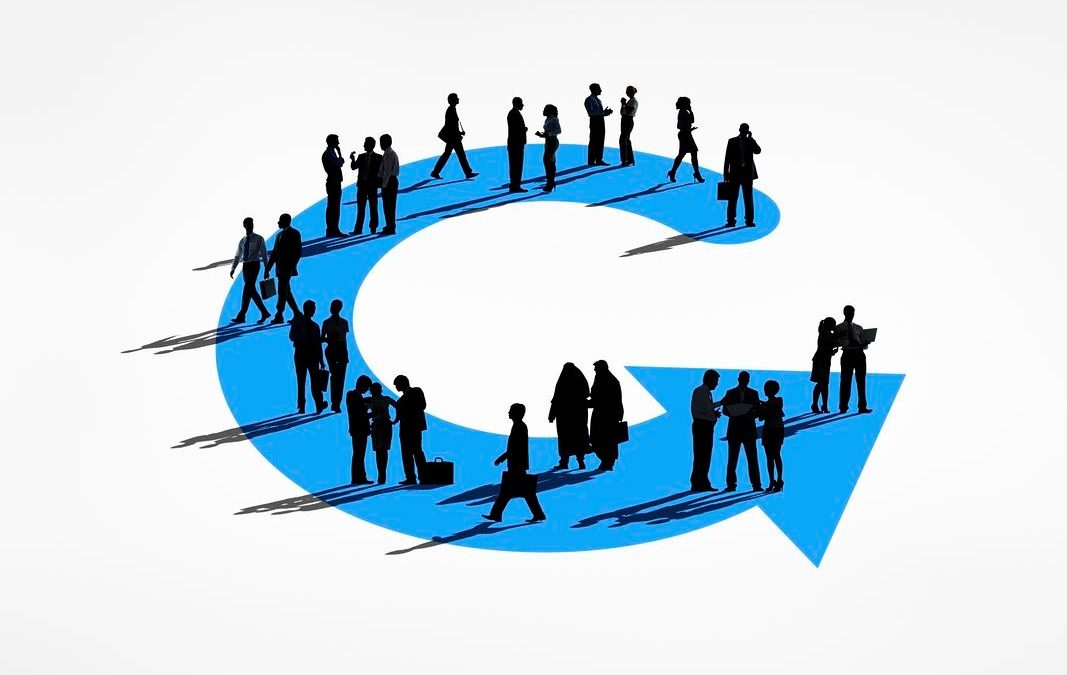What Is the Cycle of Abuse?
The cycle of abuse consists of three main phases: tension-building, violence, and the honeymoon phase. All play a significant role in the abusive cycle.
1. Tension Building
This stage is when abuse and violence begin to display themselves in minor ways. During this phase, you may notice an increased level of yelling, swearing, anger, irritability, or inconsiderate gestures. This phase typically is not extensive enough on its own to be considered abusive. However, it does raise some red flags in the individual on the receiving end.
2. Violence
The actions from the tension-building stage escalate in this phase. Yelling and arguing may turn into abusive and violent acts, which can also include emotional forms of abuse such as gaslighting. This is typically when an individual realizes they are unsafe and being mistreated.
3. Honeymoon
The honeymoon stage is when the past issues falsely appear to be resolved. The abusive individual will typically “realize” what they did wrong and work to make it up to their partner. This phase is full of apologies and forgiveness. When a loved one makes a mistake, we often want to forgive them and see the best in them. However, this is when the individual falls back into the cycle of abuse.
What Reinforces the Cycle?
Throughout a relationship, there are many points when an individual may lose their temper, raise their voice, or build tension in the relationship. In most relationships, though, the tension-building phase never reaches a state of violence. It is easy for individuals to get trapped in this cycle because they believe their abuser has changed for the better in the honeymoon phase. It may take months to fall back into the tension-building phase and restart the cycle. The length between these phases reinforces the belief that the abusive individual has changed and forces the abused to stay trapped in this cycle without even realizing it.
This abusive cycle feeds on well-intentioned love. The care and love the abused individual feels for their abuser can cause the abused person to lose sight of themself. They become dependent on their abuser for survival and convince themselves that they cannot be without them. This encourages the abused person’s mind to look past the violent phase and alter their perception of reality.
Am I Caught in an Abusive Cycle?
It can be difficult to recognize if you are involved in a cycle of abuse because your mind has been reinforced to focus on the positive qualities of the other individual and ignore their destructive ones. Keeping a journal of your experiences and reviewing them can help you remember past situations in which you may have been in the violence phase. Writing down how you feel in each moment can be beneficial to future decision-making and current mental health. If you read through your writing and find that you are consistently writing about how awful you were treated followed by how amazing your abuser is, you should recognize that you are likely caught in an abusive cycle.
The abusive cycle can occur in relationships with significant others, friends, or family. No matter what form of relationship you are in, it should positively affect your mental health and bring out the best qualities in you. Arguments are unavoidable, but if there are persistent problems that occur and bring you down or threaten your physical or emotional health, it may be time to re-evaluate that relationship.
How Can I Stop the Cycle?
Realizing that you are caught in the cycle of abuse is the first step to getting out of it. The fact that you can recognize the toll this relationship has on you is substantial progress. Letting go of that relationship is easier said than done, though. It is common for victims of abuse to feel that they need the abusive individual. The idea of being on your own can be overwhelming. Remind yourself of your values. You have most likely been trained to accept this abusive behavior, but it is important to remember that abuse is never okay.
After choosing to leave the relationship, many individuals feel that they may be in danger from their abuser. Ensuring you are staying in a safe environment is vital while overcoming this process. Consider finding a friend or family member that is supportive and that you can stay with temporarily. If that solution is not available or sustainable to you, remember that there are also a variety of resources that can help you find a safe environment to live in and receive support while leaving this relationship.
One of the most critical factors in recovering from abuse is keeping a promise to yourself not to go back. The abusive individual will most likely inflict the honeymoon stage again and retain that for a longer period, reinforcing the deceptive and false belief that this time is different. This is an open invitation that leads many individuals to get caught up in the cycle of abuse again.
The cycle of abuse can be hard to recognize. Being aware of the structure of this cycle can help you determine if you are caught up in it. This cycle contains three main stages: tension-building, violence, and the honeymoon phase. Abuse typically appears slowly and is constantly reinforced throughout the relationship. Once it reaches an extreme level where the victim hits their breaking point, the abuser will transition into the honeymoon stage. This is where they apologize and beg for forgiveness, promising changes. This phase may last for a while and allow you to experience the positive side of the relationship again. However, eventually, the cycle starts again, and the abuser resumes their destructive actions. If you find yourself stuck in this cycle, there are many resources to help you get out of it safely. To learn more about the stages of abuse and how to be free, reach out to Dream Recovery today at (949) 732-1960.


Recent Comments